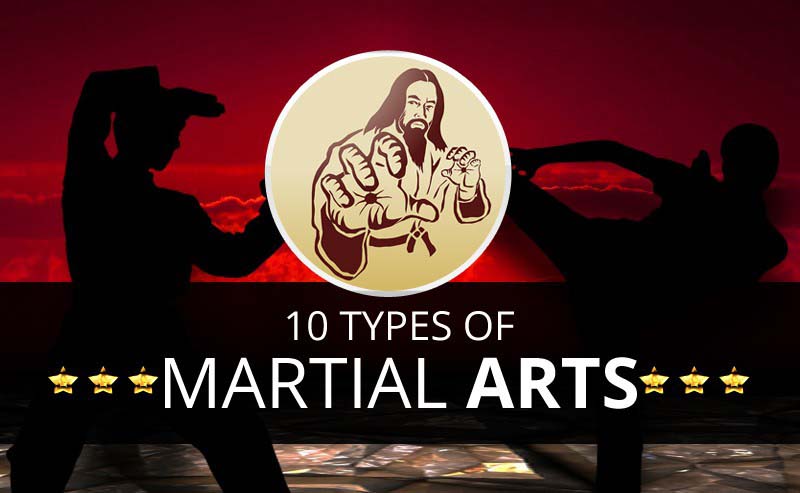A Historic Introduction And Progression Of Martial Arts Across The Globe
A Historic Introduction And Progression Of Martial Arts Across The Globe
Blog Article
Write-Up By- martial arts is for have a fascinating history that extends centuries and continents. You may discover it appealing just how old techniques like Shuai Jiao and Kalaripayattu laid the groundwork for contemporary combat strategies. These disciplines not just stress physical abilities yet additionally reflect the cultures that birthed them. As you discover their development, think about exactly how globalization has changed these typical kinds into crossbreed styles. What impacts do you believe have shaped today's martial arts landscape?
Ancient Martial arts: The Structures of Combat
As you look into the globe of ancient martial arts, you'll discover the abundant foundations that shaped battle techniques throughout societies. Very early methods concentrated on Self-Defense and survival, usually including strikes, grappling, and weapons.
In ancient China, as an example, strategies like Shuai Jiao emphasized tosses and joint locks, while India's Kalaripayattu showcased agility and liquid activity. Japanese samurai established Kenjutsu, a polished swordsmanship that highlighted technique and strategy.
These martial arts offered not just for fight however also as a means of individual growth, instilling worths like respect and willpower. The mixing of these strategies with time prepared for the diverse martial arts you see today, each showing the unique viewpoints and needs of its society.
The Cultural Impact on Martial Arts Development
While martial arts usually show the practical needs of a society, they likewise embody the cultural worths and ideas of their beginnings. When you discover various martial arts, you'll notice just how they're affected by religious beliefs, ideology, and social norms.
As an example, the emphasis on regard and self-control in Japanese martial arts stems from Zen Buddhism and samurai society. In contrast, Brazilian Jiu-Jitsu advertises versatility and strategy, formed by the need for performance in a varied, modern setting.
You may find that the rituals, attires, and training approaches show a neighborhood's history and identity. By comprehending these social impacts, you deepen your appreciation of martial arts and their role in shaping human experiences around the world.
Modern Adaptations and the Globalization of Martial arts
Martial arts have actually transformed substantially in current years, adapting to contemporary culture and worldwide influences. You'll notice that conventional forms have mixed with modern-day techniques, developing hybrid styles like mixed martial arts. These adaptations cater to varied target markets, making martial arts easily accessible and appealing worldwide.
With the increase of social media sites and electronic systems, you can locate tutorials and competitors from all edges of the world, damaging geographical barriers. This globalization has led to a shared recognition for numerous self-controls, from Brazilian Jiu-Jitsu to Taekwondo.
As you involve with these arts, you'll understand they're not just about combat; they advertise fitness, technique, and mental health.
Eventually, modern adjustments have actually improved the martial arts landscape, making it a vibrant and progressing technique.
Final thought
In exploring the background and development of martial arts, you uncover an interesting blend of strategies, cultures, and philosophies. From ancient techniques like Shuai Jiao and Kalaripayattu to the contemporary flexibility seen in MMA, martial arts reflect humankind's quest for Self-Defense and individual growth. As you involve with these practices, you not just acquire skills but additionally a much deeper admiration for the varied customs that form our world today. So, continue martial arts or karate and welcome the art of combat!
